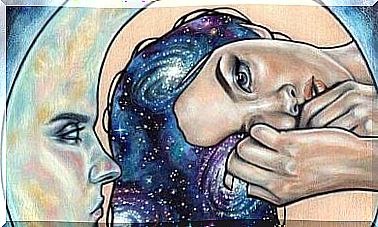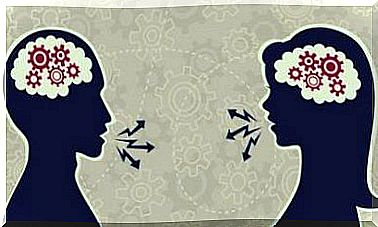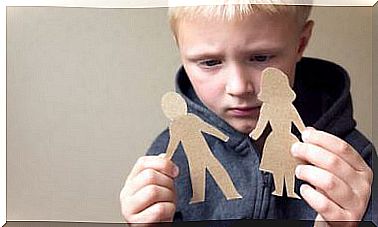How Does The Brain Of A Racist Person Work?
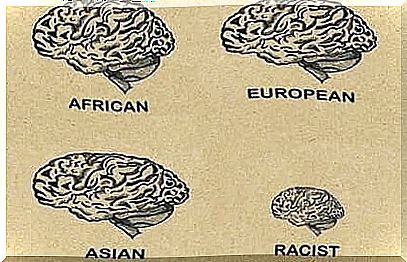
The brain of a racist person is ruled by unfounded prejudices and the feeling of threat in the face of the unknown, in the face of what is different. However, beyond what one can think, many are the people who allow themselves to be carried by an unconscious racial bias. Thus, sometimes a very specific situation is enough for discriminating reactions to appear in people from whom we least expected them.
There is something compelling about racial psychology experts such as Leslie Zebrowitz and Yi Zhang of Brandeis University in Massachusetts. According to their research, a large part of the population exhibits precisely some of these unconscious, but automatic biases or patterns. The very ones who can lead them to think or act in a racist manner in certain situations.
Such a fact is quite disturbing. Likewise, it also highlights another no less interesting aspect: today, neuroscience already offers us the tools to understand, and even identify, the brain of a racist person. So much so that, as an article in The Guardian reveals to us , in the United States, researchers have already developed a technique based on a brain scanner that detects activity in these areas of the brain linked to racial prejudices.
As astonishing as it may seem to us, there are neural pathways that build the imprint of racism. These are mechanisms built on the basis of a very concrete emotion: fear. Let’s dig deeper into this question.
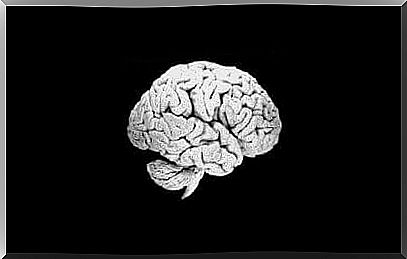
Brain Anatomy of a Racist Person
Professor Jennifer Richeson, a neuroscientist at Dartmouth College in New Hampshire, did an interesting study published in 2003 in the journal Nature . According to this work, we can identify the brain of a racist person by seeing if certain areas are activated according to the stimuli presented to him. In other words, depending on the conversation she is having as well as with whom she is having it.
Thus, we could observe by interviewing a certain number of American police officers (of white race) that some of them had to make great efforts to be convincing. This concentration to say nothing offensive or contemptuous activated certain areas in their brain. On the other hand, people with a clear racial bias also showed greater activity in some areas.
These would be the following:
The amygdala
The amygdala is this tiny brain structure that is extremely transcendent to our emotions. Thanks to it, we sit down the remedies related to the emotional aspect. It is the sentinel of fear. One of its main responsibilities is to interpret what can be a threat for us, to then awaken the feeling of rejection, discomfort, alarm …
Thus, we have been able to observe how the brain of a racist person instantly activates this area when seeing people of other races or ethnicities.
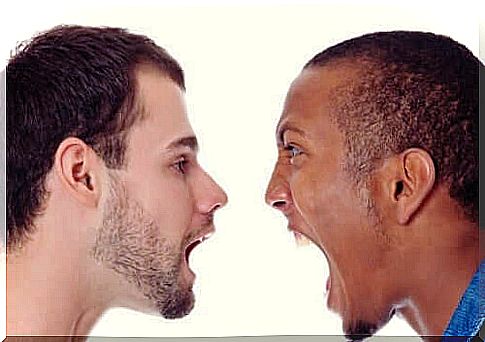
The prefrontal cortex
From a neuroscientific point of view, people who do not exhibit racist biases show a clear difference from those who do. This difference lies in the prefrontal cortex.
- So when the amygdala activates upon seeing something different (a person of a different ethnicity, for example), it immediately connects to the prefrontal cortex, which performs a regulatory function.
- When the “fear system” is activated, the prefrontal zones are set in motion to analyze the situation. Their goal is to think rationally, analyze the situation, and dissuade or calm this automatic system of fear and rejection.
- Cognitive control by the prefrontal cortex is essential to ward off the drive to prejudice. What does not take place in the brain of a racist person
The ventral striatum
The ventral striatum is one of the most interesting areas related to racial bias. It is linked to the process by which we opt for social compliance. In other words, the fact of adhering to what the group says, to what our family, our friends or a part of the working population stands for, a reward system in our country.
Doing, saying and thinking like the majority generates satisfaction, and it is the ventral striatum that rewards us by releasing dopamine and serotonin. This mechanism, in reality, is a very primitive instinct which allowed the group, in the past, to remain united and to be wary of other individuals foreign to this social unit.
Can a racist person’s brain reduce its bias and think differently?
At the beginning of this article we quoted researchers Leslie Zebrowitz and Yi Zhang, from Brandeis University. It was in 2012 that they carried out a complete job to demonstrate two things: the first is that the brain of a racist person treats his reality in a different way than that of someone who is not.
The second is that there is a way to change this by taking into account the high plasticity of the brain. And the key lies in the reflection of the rapprochement. In other words, it would suffice to continuously expose the racist person to those individuals whom he rejects for his bias to weaken, for him to assess his prejudices and for his reflection of avoidance, fear or rejection. loses strength.
Hence, without a doubt, the importance of these educational models based on cooperation which psychologist Elliot Aronson defended in his time. Cutting these realities short as soon as possible will undoubtedly help us build more just and more respectful societies.







